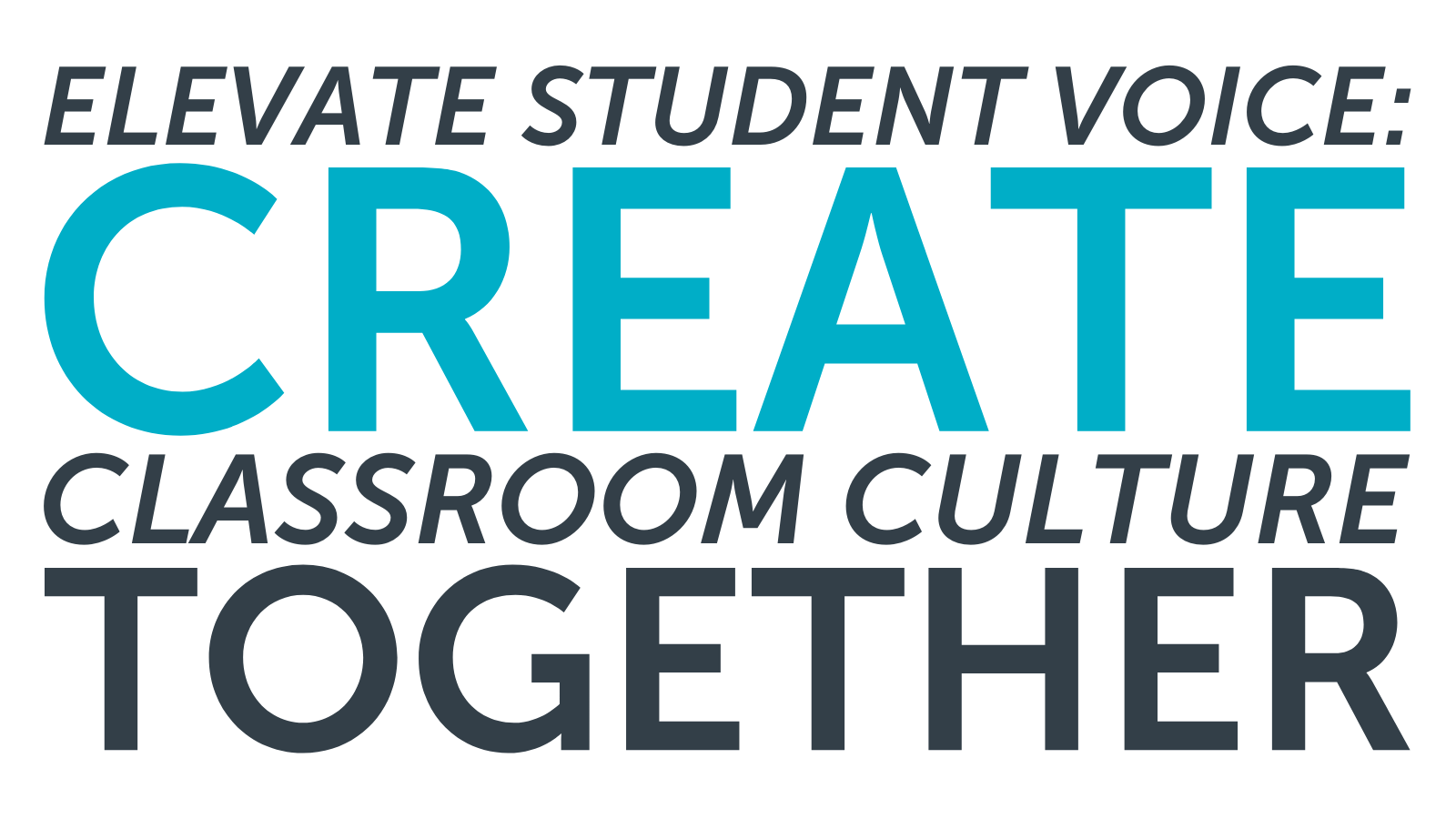How to Co-Create Classroom Culture with Students


Students have the greatest stake in their education, but often have too little say in their own school experience. It’s critical that we authentically listen to students, especially in the current context of an ever-changing school environment.
The science of learning and development shows us that creating better conditions for learning and development must build from and leverage the assets and interests of young people as an inherent part of the educational experience.
We can work together with students to co-create supportive school and classroom environments that are physically, emotionally, and identity safe, while creating a strong sense of authentic community and belonging.
How to Elevate Student Voice by Co-Creating Classroom Community
There are lots of ways to co-create a classroom community with students, and one key way is setting expectations, norms, and routines together. Too often, adults make most or all the choices for students, and try getting them on board through reinforcement, redirection, and consequences for those not complying with adults’ rules.
Instead, educators can co-create their classroom community with students and define together how they agree to act and interact and how to be accountable to each other.
This inclusive process goes against top-down, high-control models of classroom management educators often default to, especially in classrooms with Black, Latinx, Pacific Islander, Indigenous and students from other historically marginalized communities. It also challenges adults to think more deeply about the values, biases, and implicit and explicit expectations they bring into the classroom — and which students those are serving, and which they are not, and why.
By inviting students to collectively shape their own classroom community, educators can set the stage for real safety and belonging.
Tools to Co-Create Expectations, Norms, and Routines with Students
The Turnaround for Children Toolbox includes resources to help educators get started in co-creating classroom expectations, norms, and routines with students:
Educator Reflection: Personal and Community Values
The purpose of this tool is for educators to reflect on how their own values (shaped by their identity, culture, and experiences) show up in their classroom and school, in order to create more inclusive and equitable learning environments.
Norms and Expectations Planner
This tool provides guidance and sample strategies for developing school or classroom norms and expectations, with an emphasis on co-creation, shared power between students and adults, and acknowledging and affirming diverse cultural values and perspectives. This process lays the foundation for a sense of safety and belonging.
Co-Regulating Routines Planner
This tool is meant to guide educators to create consistent and predictable routines that are co-regulating and create a sense of safety, while upholding norms and supporting student skill development and autonomy.
We can ignite learning by shifting the balance of power toward students, affirming their identities, and recognizing them as active agents within the learning process.

Share This Story